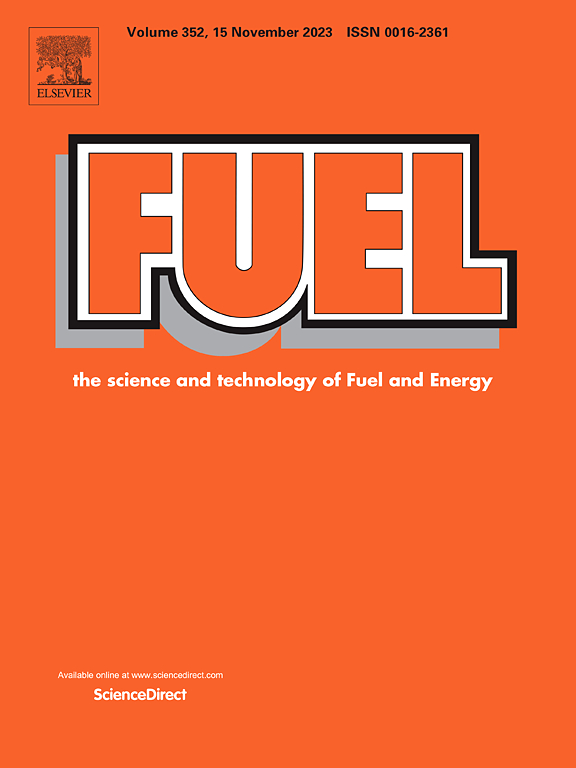Soot particles generated by n-heptane and n-heptane/OME3 in an inverse diffusion flame: A comparative analysis of physical properties and oxidative reactivity
IF 6.7
1区 工程技术
Q2 ENERGY & FUELS
引用次数: 0
Abstract
The widespread adoption of E-fuel, oxymethylene ether-3 (OME3), is a promising solution to accelerate the decarbonisation of the transport sector. However, the application of OME3 inevitably alters the combustion characteristics, affecting the soot generation process and consequently changing the physical properties of these soot particles. These alterations, in turn, influence not only associated health and climate concerns but also the control strategies of diesel particulate filter (DPF) regeneration. Here, high-resolution transmission electron microscopy (HRTEM) and thermogravimetric analysis (TGA) were employed to explore the effects of blending OME3 on soot primary particle size, fractal dimension, nanostructure, and oxidative characteristics. The results show that the addition of OME3 form smaller soot precursors and accelerates the oxidation of soot particles, which subsequently reduces the size of primary particles. The smaller size of soot particles favours oxidation, but they are likely to pose more severe health risks. The smaller primary particles exhibit more pronounced Brownian motion and weaker van der Waals forces, leading to the formation of a looser agglomerate structure and smaller fractal dimensions (Df). Furthermore, the addition of OME3 results in a reduction of long-range order in C atoms network and an increase of odd-number carbon rings during the generation of soot particles, which in turn leads to a reduction in fringe length (Lf) and an increase in fringe tortuosity (Tf) and separation distance (Sf) of soot particles. These nanostructural changes induced by OME3 enhance the oxidative reactivity of soot particles, as evidenced by the lower oxidative characteristic temperatures and reduced activation energy.
求助全文
约1分钟内获得全文
求助全文
来源期刊

Fuel
工程技术-工程:化工
CiteScore
12.80
自引率
20.30%
发文量
3506
审稿时长
64 days
期刊介绍:
The exploration of energy sources remains a critical matter of study. For the past nine decades, fuel has consistently held the forefront in primary research efforts within the field of energy science. This area of investigation encompasses a wide range of subjects, with a particular emphasis on emerging concerns like environmental factors and pollution.
 求助内容:
求助内容: 应助结果提醒方式:
应助结果提醒方式:


